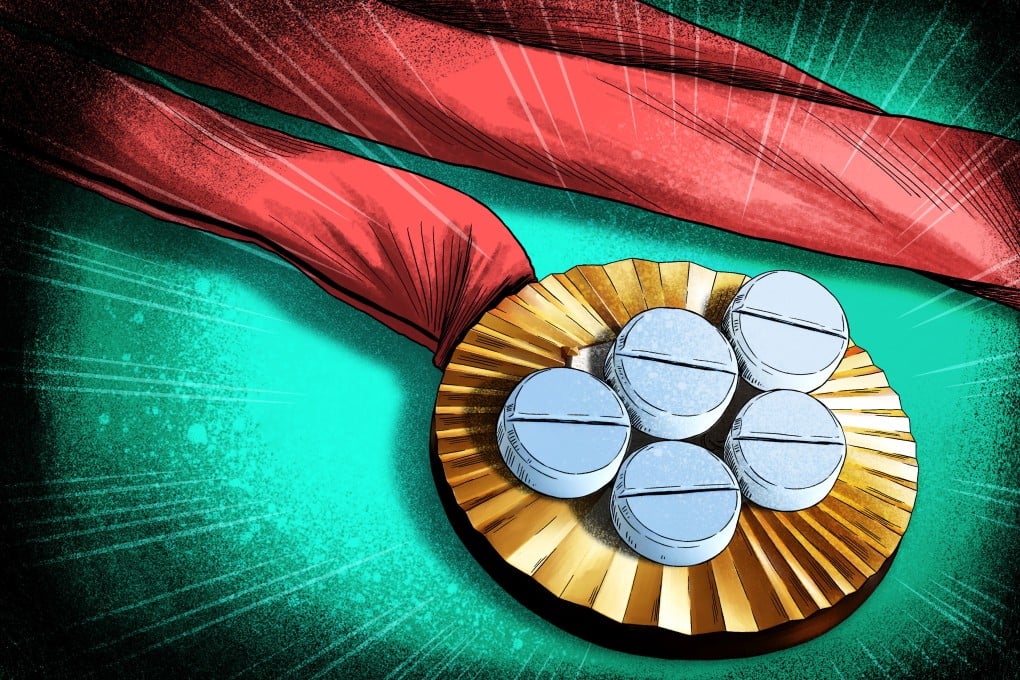Explainer | State-sponsored doping, PEDs and beer drinking: a history of drugs in the Olympics
- First known athlete to test positive for banned substance was a Swedish pentathlete at the 1968 Games in Mexico

Elite athletes push themselves to the brink, sculpt godlike physiques and push boundaries in the name of sport. However, always lurking are those who have achieved their goals with the help of performance-enhancing drugs (PEDs).
The first known Olympic athlete to test positive for a banned substance was Swedish pentathlete Han-Gunnar Lijenwall, who lost the bronze and silver medals he won at the 1968 Mexico Olympics for alcohol use, or as he called it, “two beers” to steady the nerves.
As the sport’s understanding of the issue increases, more items are added to the banned list and, in the battle against drug use at the Paris Olympics, the International Testing Agency (ITA) plans to deploy a more streamlined, hi-tech approach to identify and target potential cheats.
On the eve of the Games, and the high probability of another doping scandal drawing near, the Post examines the most controversial use of PEDs at the summer spectacular.

East Germany
Documents recovered after the reunification of the country showed that many athletes from the former communist state – particularly female swimmers – had been given anabolic steroids and other drugs by their coaches for the past two decades
